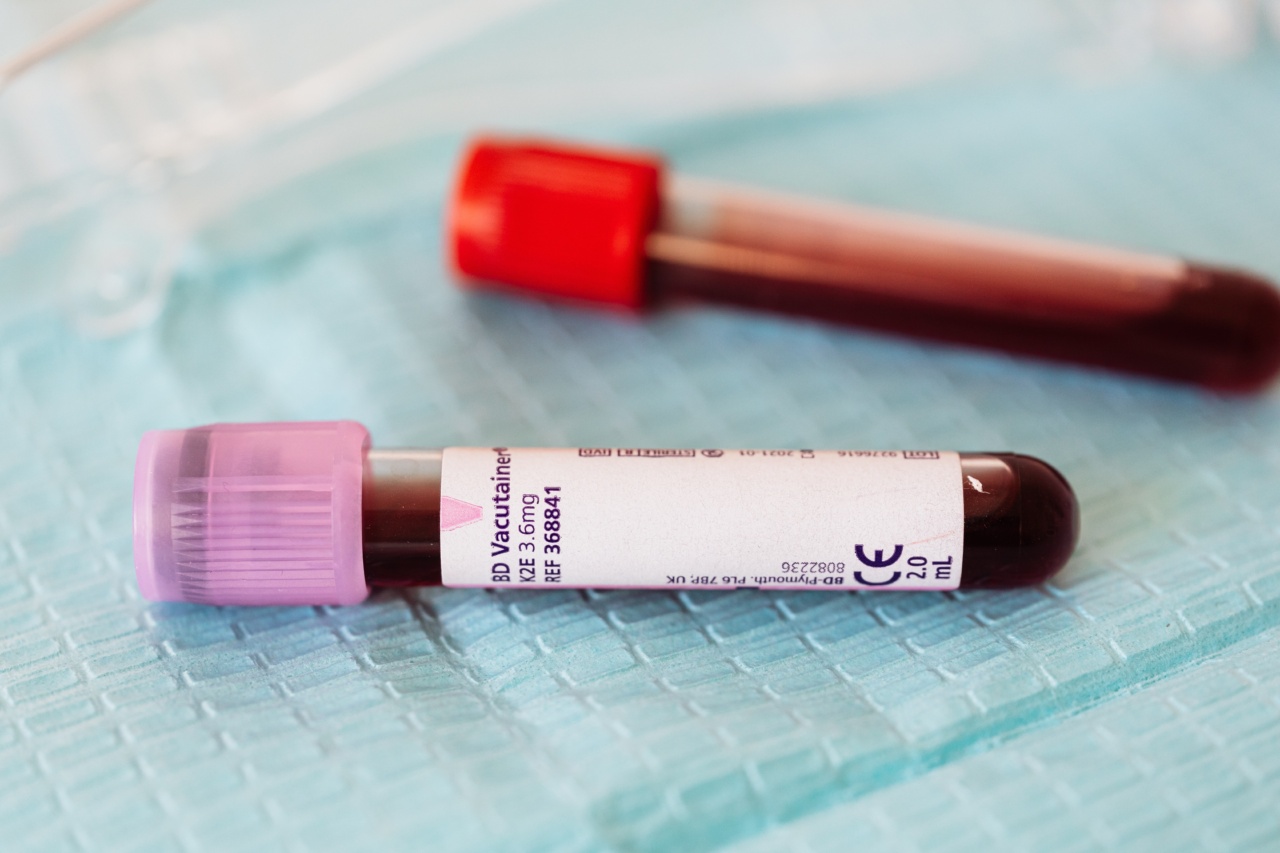Alzheimer’s disease is a progressive neurological disorder that gradually impairs cognitive function and memory. It is the most common cause of dementia among older adults, affecting millions of people worldwide.
Currently, there is no cure for Alzheimer’s, but early diagnosis is crucial for managing the symptoms and potentially slowing down the progression of the disease.
The Challenge of Early Diagnosis
Traditionally, diagnosing Alzheimer’s disease has been a complex and time-consuming process that involves a combination of medical history evaluations, physical examinations, and cognitive tests.
However, researchers have been tirelessly working to develop more accurate and accessible diagnostic methods to detect the disease at its earliest stages.
The Promise of a Blood Test
In recent years, there has been a significant breakthrough in Alzheimer’s research: the development of a blood test that can identify the disease years before clinical symptoms appear.
This groundbreaking test is based on the detection of certain biomarkers in the blood that are indicative of Alzheimer’s disease.
Identification of Specific Biomarkers
Researchers have identified several biomarkers associated with the development of Alzheimer’s disease. One such biomarker is amyloid-beta, a peptide that forms plaques in the brains of individuals with Alzheimer’s.
Another biomarker is tau protein, which forms tangles in the brain and is correlated with cognitive decline.
By measuring the levels of these biomarkers in the blood, scientists have discovered that individuals with high concentrations of amyloid-beta and tau protein are more likely to develop Alzheimer’s disease in the future.
This breakthrough has paved the way for the development of a blood test that can detect these biomarkers and provide early indications of the disease.
Advantages of the Blood Test
The blood test for Alzheimer’s disease offers several advantages over traditional diagnostic methods. Firstly, it is minimally invasive and can be easily administered in a clinical setting.
Unlike other diagnostic procedures such as spinal taps or brain imaging, a simple blood draw is all that is required for the test.
Secondly, the blood test is highly accurate in detecting the presence of Alzheimer’s biomarkers.
Studies have shown that this test has a sensitivity and specificity of around 90%, meaning it is effective at identifying individuals who are likely to develop the disease while minimizing false positives.
Additionally, the blood test allows for the detection of Alzheimer’s years before clinical symptoms manifest.
This early identification opens up new possibilities for early interventions and treatments that can potentially delay or mitigate the progression of the disease.
Potential Implications and Future Research
A blood test that can identify Alzheimer’s disease years before clinical symptoms occur has significant implications for both patients and researchers.
For patients, early detection can provide them with the opportunity to plan for the future, seek support, and engage in lifestyle modifications that might slow down the disease progression.
From a research perspective, the blood test can be a valuable tool for studying the mechanisms underlying Alzheimer’s disease.
By monitoring changes in the levels of biomarkers over time, scientists can gain insights into the early stages of the disease and potentially identify new therapeutic targets.
However, there is still much research to be done before the blood test becomes widely available for clinical use. Large-scale studies are needed to validate the accuracy and reliability of the test across different populations.
Additionally, further investigations are necessary to determine the most effective interventions for individuals who test positive for Alzheimer’s biomarkers.
Closing Thoughts
The development of a blood test that can identify Alzheimer’s disease years before clinical symptoms appear is a significant breakthrough in the field of neuroscience.
This test has the potential to revolutionize the diagnosis and management of Alzheimer’s, offering early detection and the possibility of interventions that could significantly improve patients’ quality of life.
While there is still more research to be done, this breakthrough brings hope for a future where Alzheimer’s can be detected and treated at its earliest stages.
By harnessing the power of biomarkers, we may be one step closer to finding a cure for this devastating disease.





























